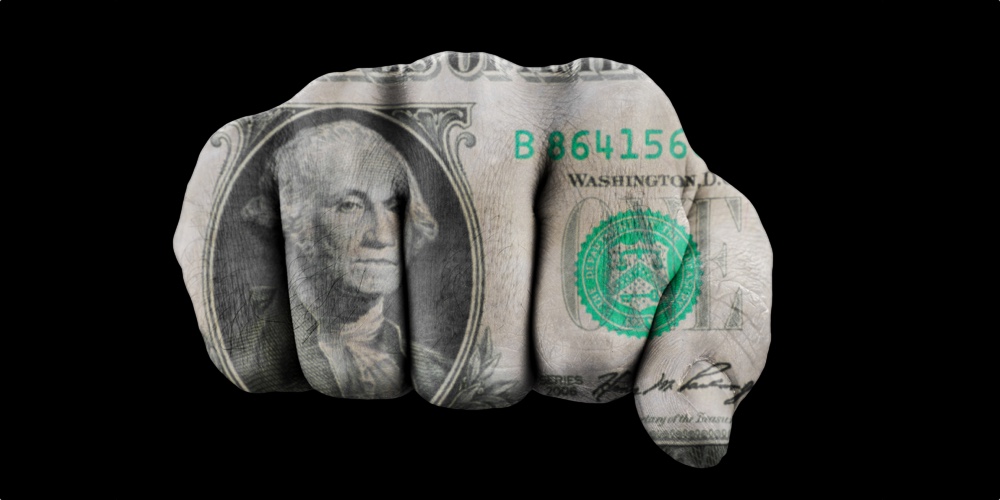This market can really take a punch

April sure has been an interesting month, and we are only midway through it! In just the last two weeks, the U.S. has seriously sparred with its greatest economic competitor (at least by size of economies), China, and its greatest military competitor, Russia. The President of the United States had the offices of his private attorney raided by the FBI, perhaps pushing the President closer to a constitutional showdown over the fate of Special Counsel Robert Mueller. Additionally, the world has finally woken up to what Facebook’s (and Google’s) business model is—obtaining and selling any information that anybody on the planet would need to sell you something—and became alarmed. This, of course, produced the time-honored tradition of hauling the CEO de jour, in this case Mark Zuckerberg, in front of Congress to be publicly chastised. I guess they didn’t generate $40 billion in revenue last year selling banner ads. Who knew? Whatever the case, specter of potential constraints on some of the biggest companies in the world’s business models should give some pause, no?
And yet, despite this flurry of hooks to the body and straight right hands to the head, the financial markets seem to just be brushing it off, absorbing the blows, and moving forward. For the month of April, the S&P 500 is up nearly 1%, high-yield bond spreads are tighter by about 6%, S&P short-term implied volatility as defined by the VIX index has fallen from 21.49 to 17.61, and implied short-term Treasury volatility as measured by the Merrill Lynch MOVE Index has fallen from 56 to 51. The Treasury yield curve has continued to flatten, however, which could be seen as a sign of stress over economic growth. On the other hand, this flattening has, as a long-term trend, been going on since the second half of 2013.
continue reading »




